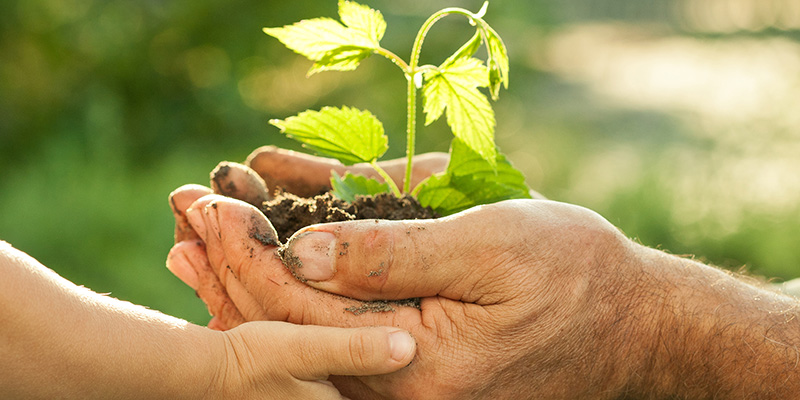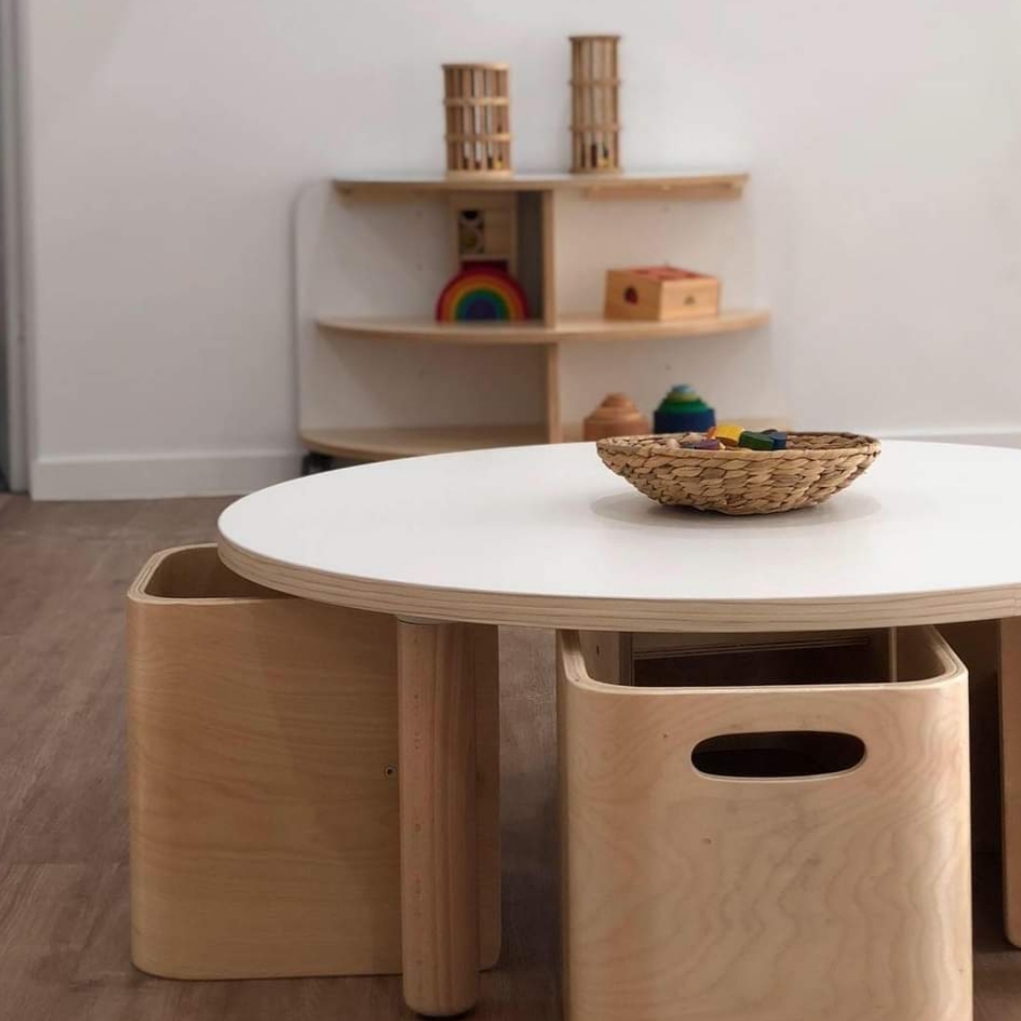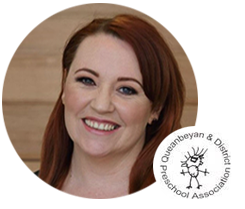
Top Tips on How to Create Natural Indoor Learning Spaces
The National Quality Standard (NQS), Early Years Learning Framework (EYLF) and My Time, Our Place (MTOP) require educators to ensure children spend sufficient time with nature to connect with it, develop respect for it and, with their educators’ support, learn how to care for nature and its creatures.
Introducing natural elements into the indoor learning spaces is one way to achieve this. Ways to bring nature indoors and/or create a natural feel include:
- Let in the natural light and fresh air – Open up as many windows as you can, pull back the curtains, remove decorations from the windows, and let the sunlight and fresh air stream in.
- Enrich the view of nature from your windows – Check the scenery from your windows. Perhaps place a large, leafy pot plant or a creature box where it can be readily seen.
- Use nature-related furniture –Timber furniture, natural floor coverings such as timber, cork and bamboo or their look-alikes bring a natural look and feel, as do cane storage baskets.
- Reflect nature in your décor – Colours, patterns and textures can be used to create a natural look and feel indoors.
Keep the room clean, clear ad uncluttered – Make sure the room looks spacious by minimising clutter, and storing and displaying resources in an organised way. Ensure children can access, and replace them, easily. - Introduce living plants – Select from potted plants, succulent gardens, terrariums or even hydroponics. Sprouting vegetables
- Include natural elements in all activity areas – ‘Loose parts’ such as driftwood, timber off-cuts, pine cones, stones and bark stored alongside the blocks in the construction area add exciting new dimensions to children’s constructions. Pebbles, shells, bark, small pieces of drift wood, sand, pinecones, sharks teeth, bones, nuts, cones, shells, seedpods, dried flowers are useful for nature displays, and for early maths activities such as sorting, categorising, ordering and comparing. Bird nests, bee hives, cast-off snake skin, feathers and the like can be used on science tables.
Bringing nature indoors is easy and it meets the requirements of the NQS, EYLF and MTOP. Also, age is no barrier to the benefits to health and wellbeing it brings and the connection to Nature that results.
Ask STEP how they can help you to create your own unique Natural Indoor Learning Space.
Written by Dr Brenda Abbey. Dr Brenda Abbey www.childcarebydesign.com.au is an early education and care consultant who specialises in the NQS, EYLF and MTOP. She provides a wide range of services and products. Brenda can be contacted via mobile: 0419 661 921 email: info@childcarebydesign.com.au









